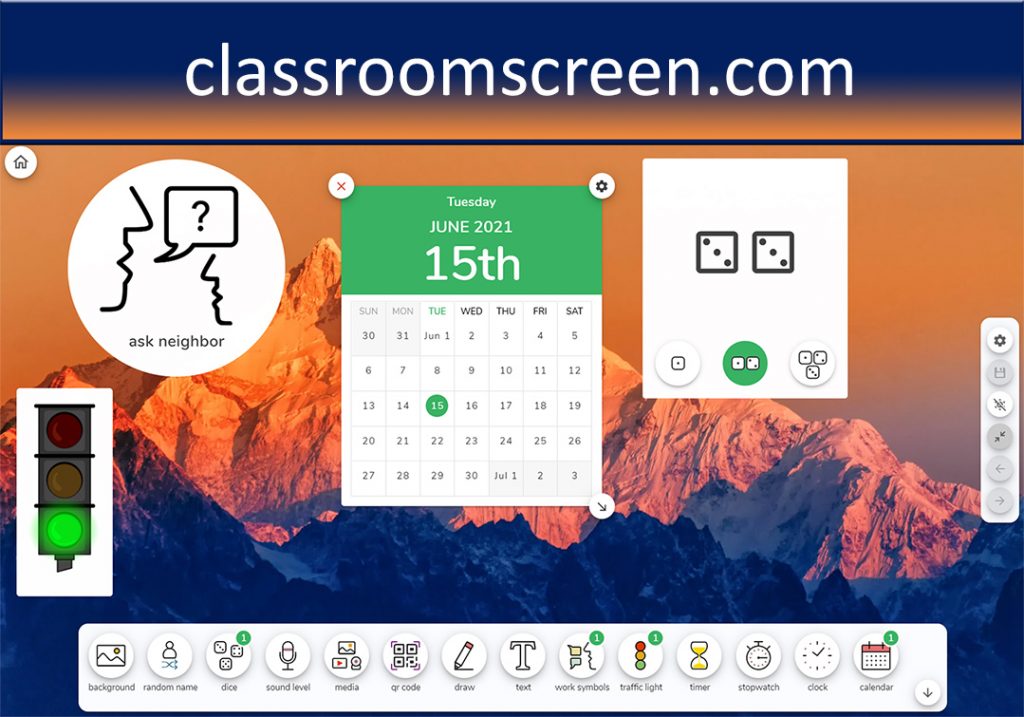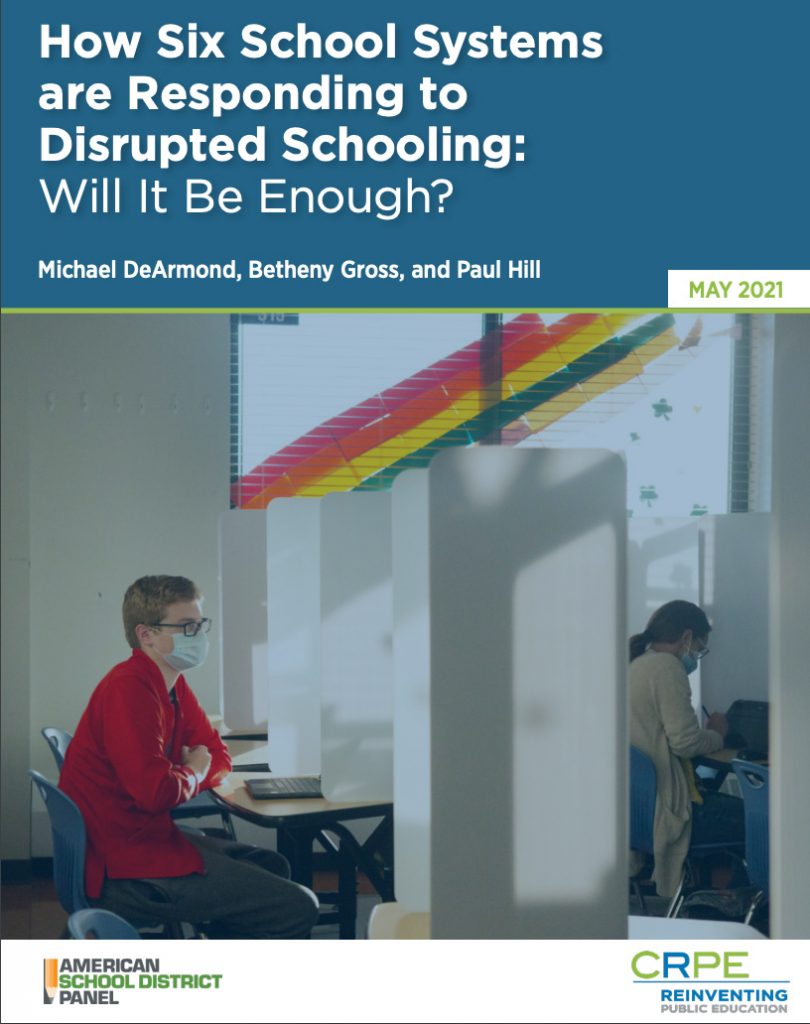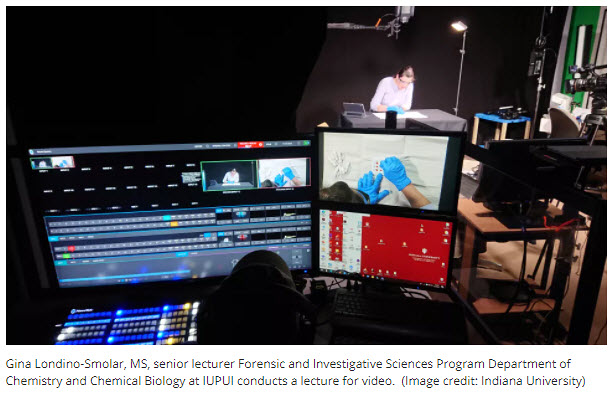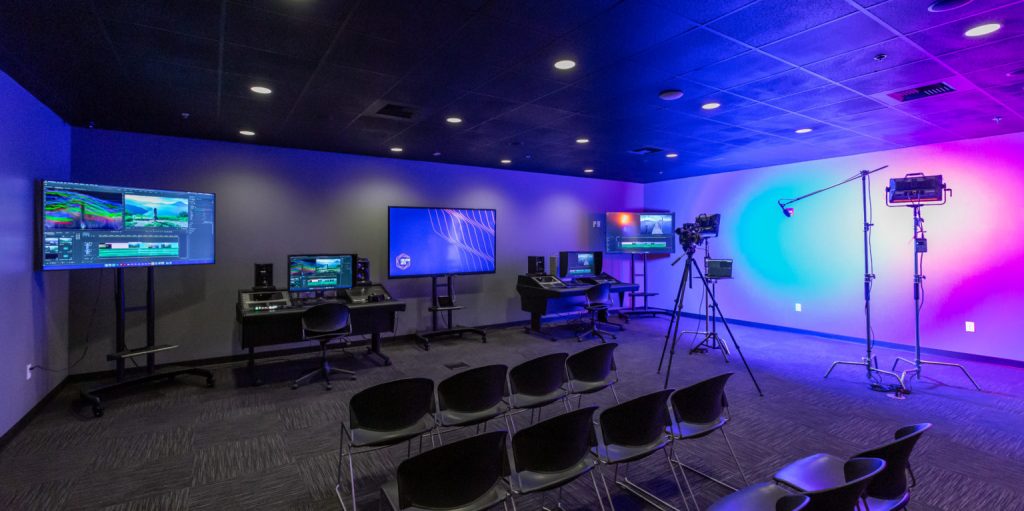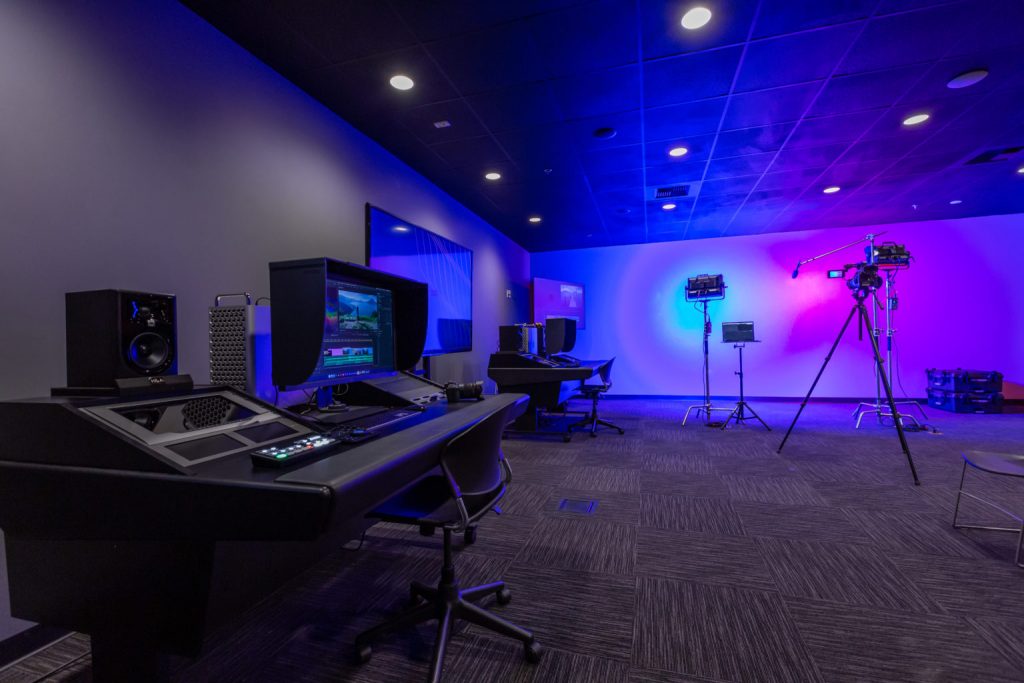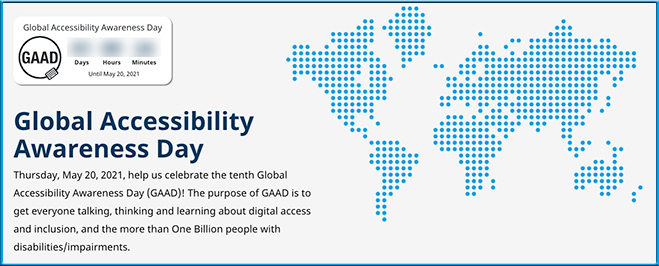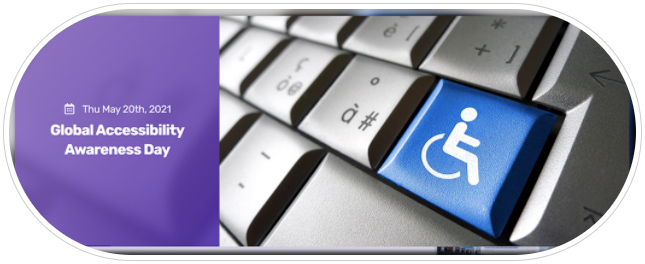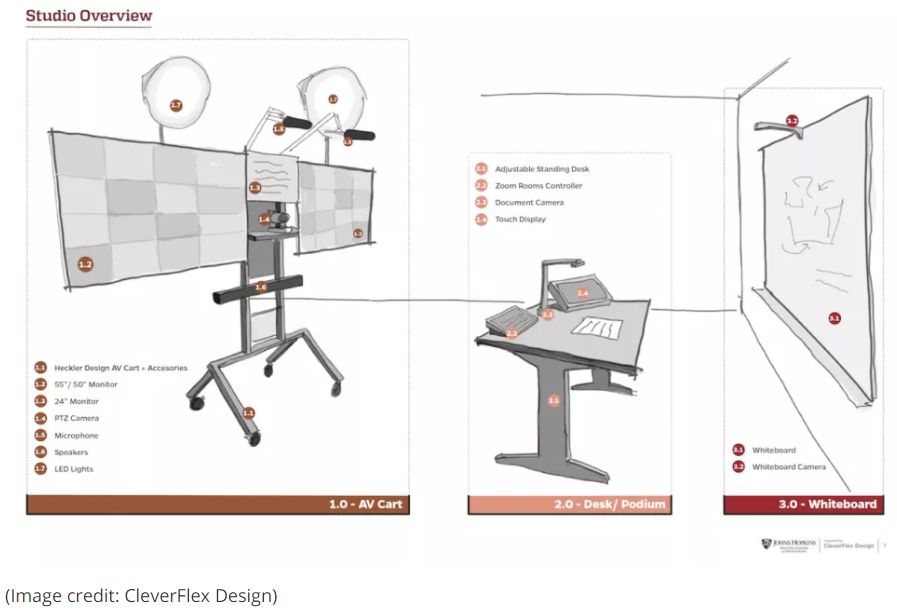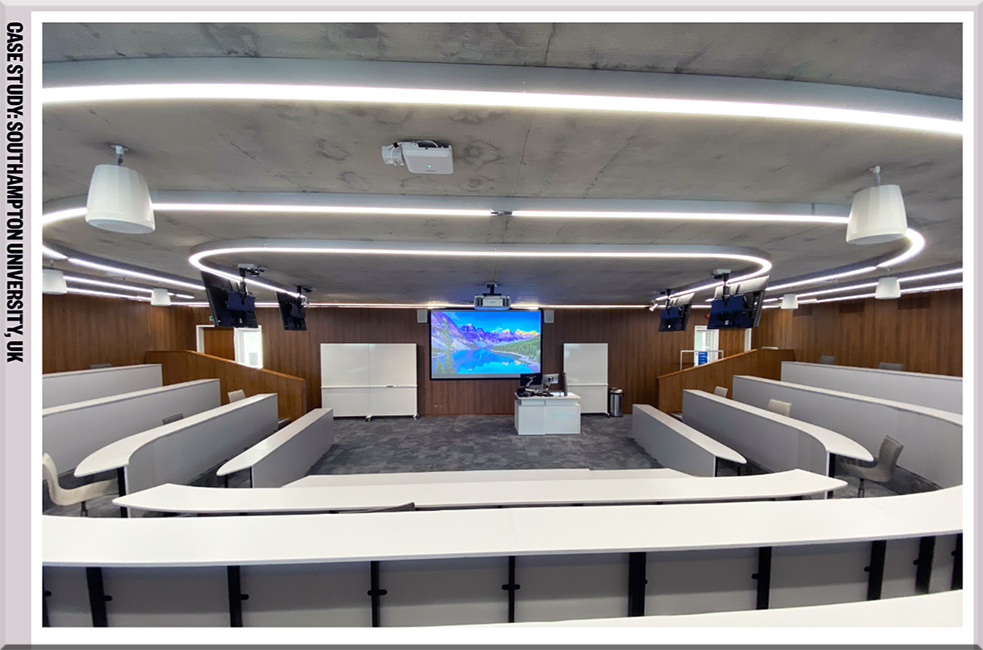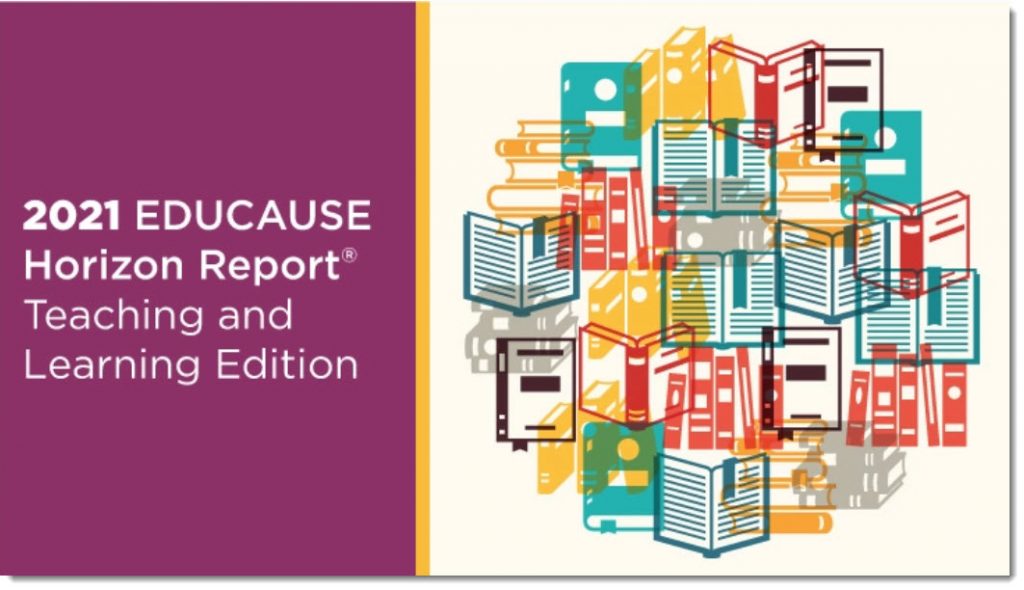Combining Online Courses With In-Person Supports, ‘Hybrid Colleges’ Unite — from by Rebecca Koenig
Excerpt:
Over the past decade, brick-and-mortar outposts have popped up across the U.S. to offer students who take online college courses a physical space to study and interact. In Denver, there’s a suite in an office complex. In Austin, there’s an airy hall that resembles a co-working facility. In Philadelphia, there’s room in a modern high-rise.
Calling themselves “hybrid colleges,” these mini campus centers have set big goals for themselves, such as bringing college within reach for people historically left out of higher education.
Now, more than a dozen of these nonprofits are strengthening their bonds and committing to shared goals by creating the Hybrid College Network.
Also see:










